From mid-February, especially in the south of England, frogs, toads and newts become active in our ponds. Most native species spawn early to give their young the whole spring and summer to grow rapidly and metamorphise into adulthood before the following winter. But how well do you know our native amphibian species?
Here is our guide to Britain's amphibians, including native species and where they can be found.

What is an amphibian?
The word amphibian means 'two lives', an apt name given that these cold-blooded invertebrate spend half of their lives in water and half on land. The amphibian class includes salamanders, caecilians, toads, frogs and newts – the latter three of which can be found in the UK.
Amphibians native to the UK
Common frog, Rana Temporaria
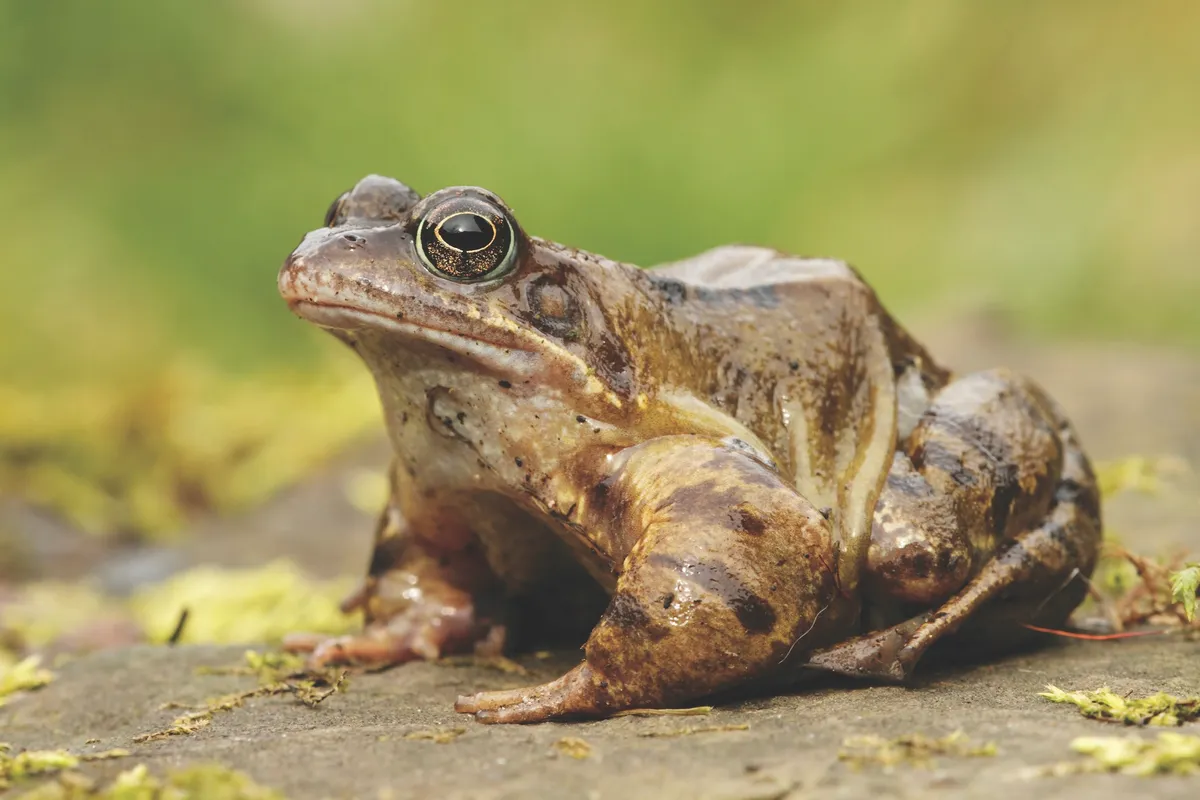
Found in almost any suitable pond, canal, lake or slow-moving river across the UK. It has smooth skin and long legs for jumping. Colour varies from bright green to brown and ochre, with dark patches on the back, legs and behind the eye. Lays clumps of eggs.
Pool frog, Pelophylax Lessonae

Thought to be extinct in the UK by the mid-1990s, it was reintroduced to two ponds in Norfolk a decade later, though some unauthorised releases have taken place elsewhere. Mottled green and black in colour and similar in size to the common frog.
Guide to frogs and toads: when do they spawn and how to care for them
January and February is a key time for frogs and toads as they spawn in ponds across Britain. Our expert guide to frogs and toads explains what to look out for and how to care for the amphibians in your garden.
Common toad, Bufo Bufo
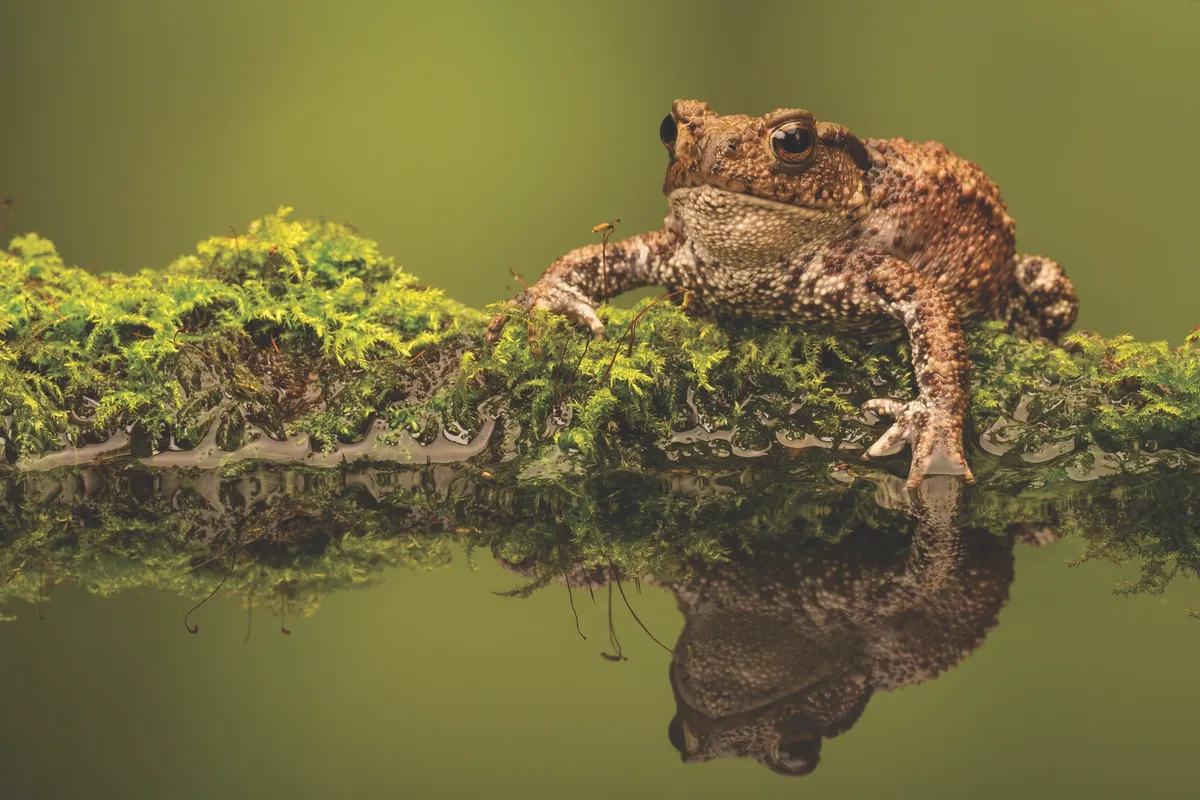
Warty, rough skin compared to the smooth skin of the common frog, and it crawls rather than hops. Found throughout Britain (absent from Ireland) but prefers deeper water in lakes and ponds, where it lays strings of eggs. The black tadpoles tend to swim in shoals.
Natterjack toad, Epidalea Calamita
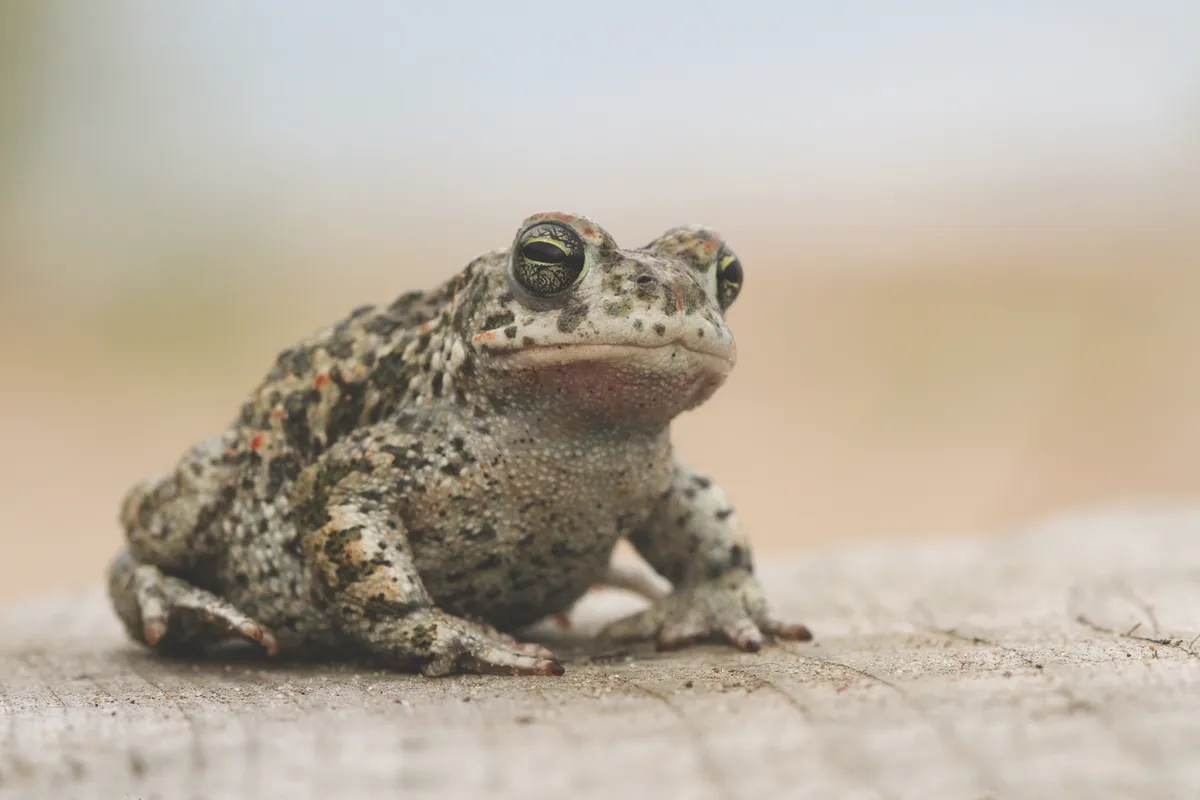
Confined to sand dune systems of Solway, Cumbria, Merseyside and North Wales with scattered populations in southern sandy heaths. Green, cream or brown with shorter legs than the common toad. A swift runner but poor swimmer, with very loud call. Breeds in warm, shallow ponds.
Natterjack toad guide: how to identify, where they’re found, and why they’re rare in the UK
The natterjack toad is one of the UK's rarest native amphibian species, limited to only around 50 sites. Learn more about this fascinating species in this expert Discover Wildlife guide from the Amphibian and Reptile Conservation Trust.
Smooth newt, Lissotriton Vulgaris
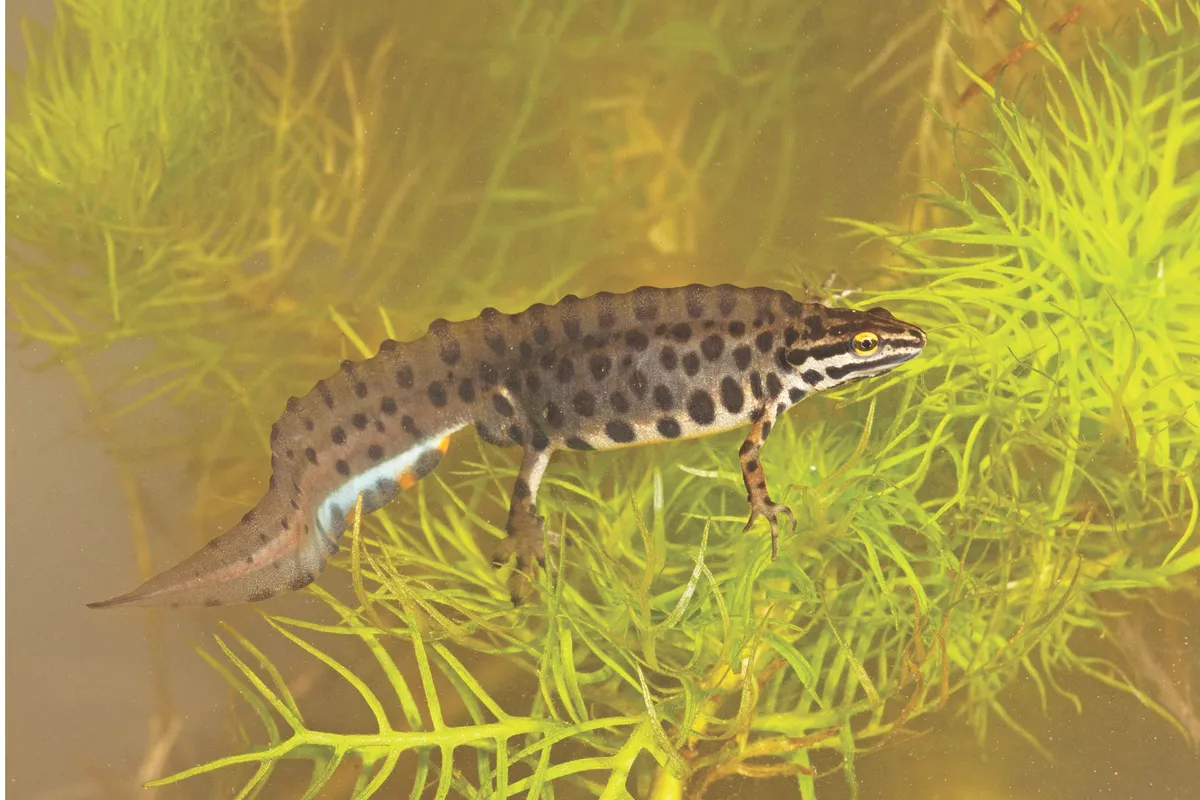
Up to 10cm long. Widespread throughout the UK in ponds, especially garden pools. Shades of grey and brown; the male develops an orange crest with black spots along the length of its body in the breeding season. Voracious predator of frog tadpoles.
Great crested newt, Triturus Cristatus
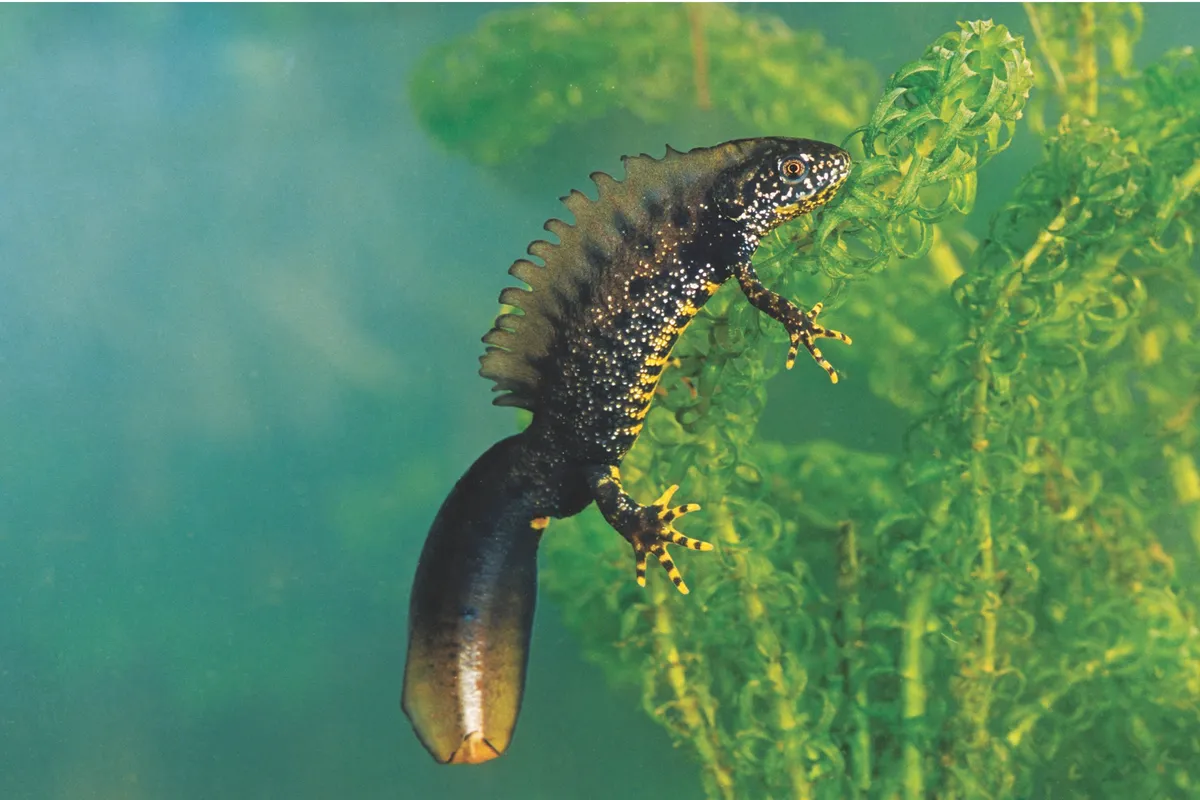
Up to 15cm long with dark or black warty skin. Males have a ‘dragon’ crest along the length of the body that becomes more pronounced in the breeding season. Males have a white flash on the tale; the female’s is yellow. Widespread but declining rapidly due to habitat loss.
Palmate newt, Lissotriton Helveticus

Similar to the smooth newt but found in shallow ponds in acidic soils and can survive in drier conditions than its cousin. Has a yellow belly and pink/yellow throat (spotted in smooth newts). Male doesn’t develop the smooth newt’s orange crest in breeding season.